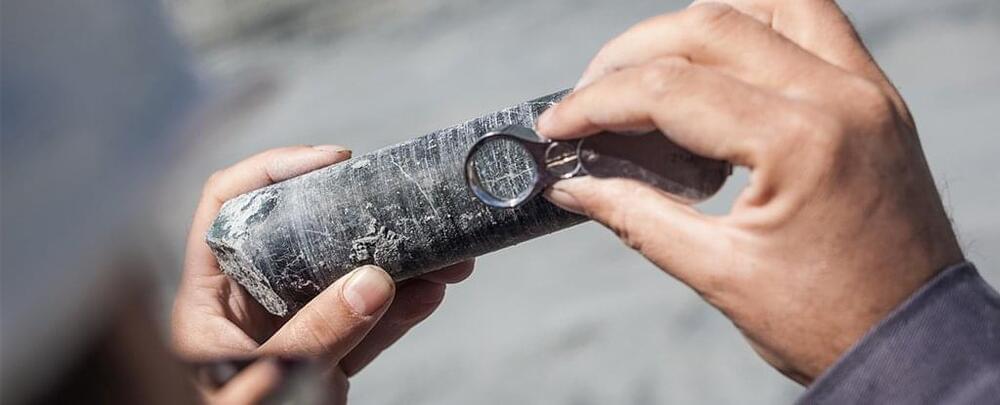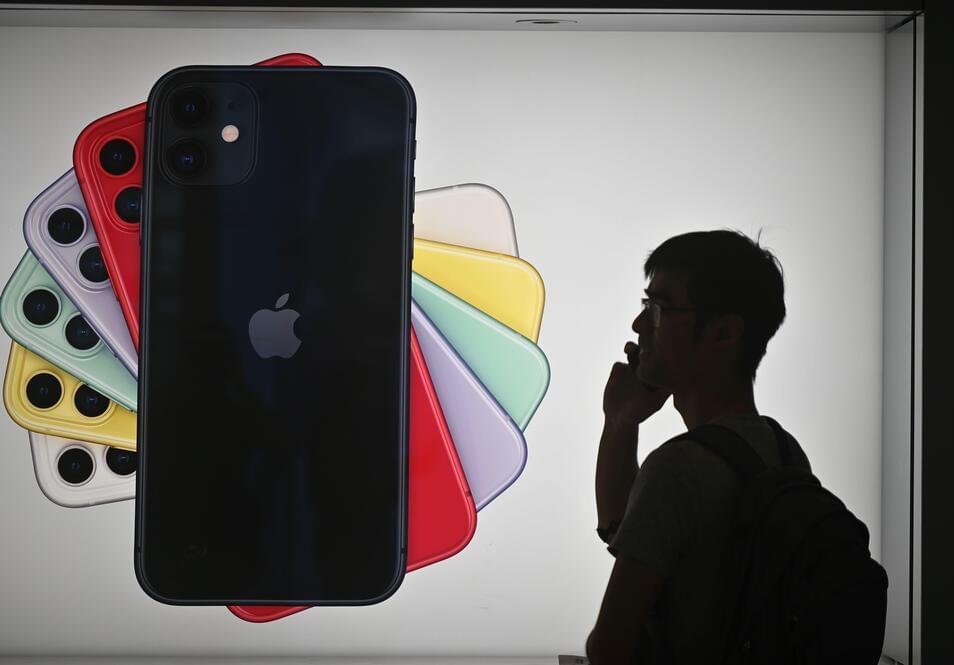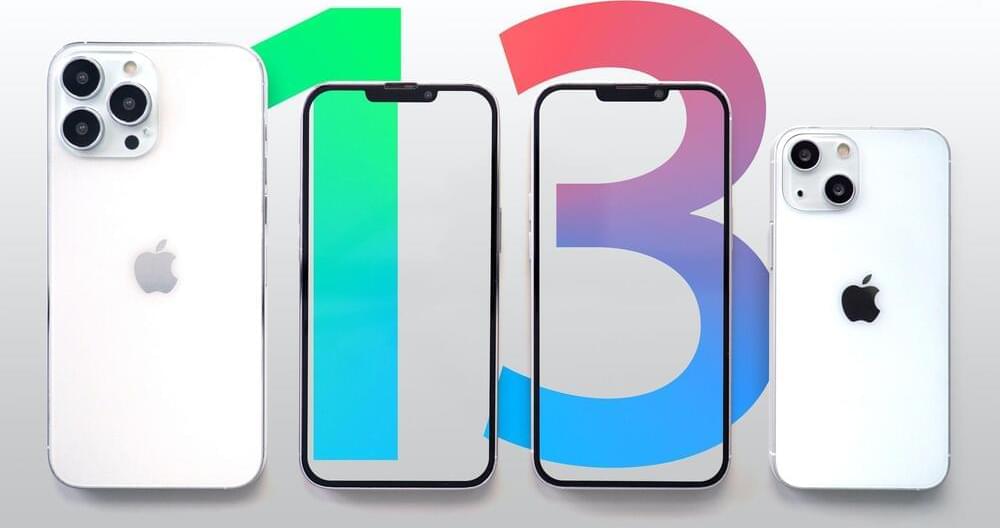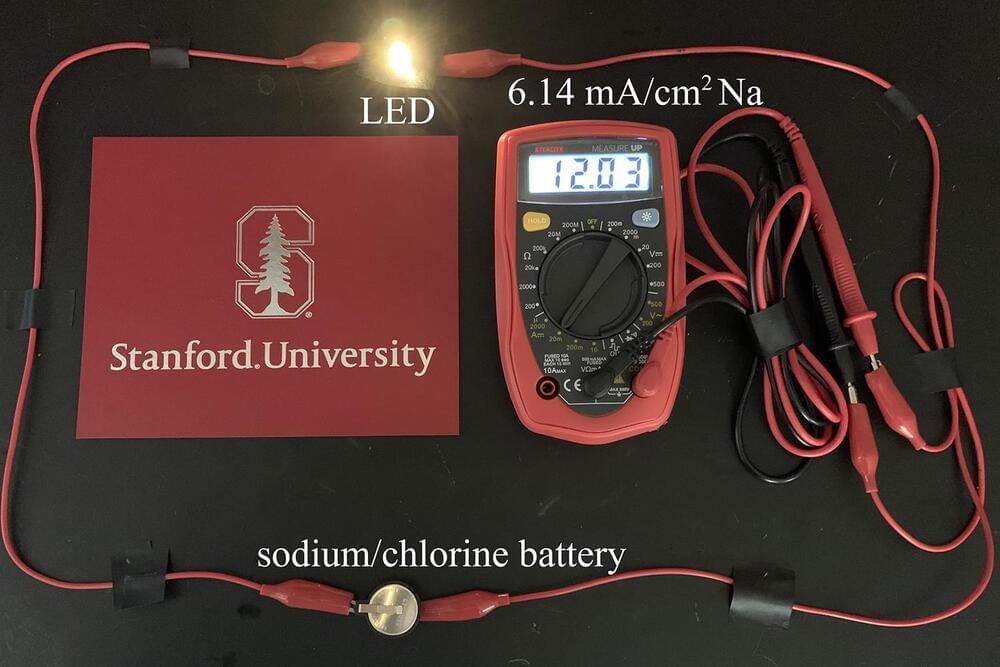2021 Cryonics Institute Annual General Meeting SUNDAY — SEPT 12 2021.
ZOOM Virtual Meeting CI will be live-streaming the meeting on Zoom.
Registration is free:
ON-SITE MEETING
AGM Location: Infinity Hall & Sidebar 16,650 E 14 Mile Road Fraser, MI 48,026 phone: 586−879−6157 website: infinityhallsidebar.com.
2021 AGM Details Sunday, September 12 2021 Event start time: 3:00 pm Event end time: 6:30 pm Facility Tours Tours of the Main and new Ancillary Facilities will be conducted from 1:00 p.m. to 2:30 p.m. at 24,355 Sorrentino Court, Clinton Township, MI. Doors open at approximately 12:30 pm. Note the facility is not open to guests prior to this time, so please do not arrive early to visit with staff as we will be preparing for the tours and the meeting.
Night Before Dinner For those who come a day early, a get-together will be held at 6 pm on Saturday evening at Sajo’s Restaurant. 36,470 Moravian, Clinton Twp., MI 48035. Phone: (586) 792‑7256. www.Sajos.net.







